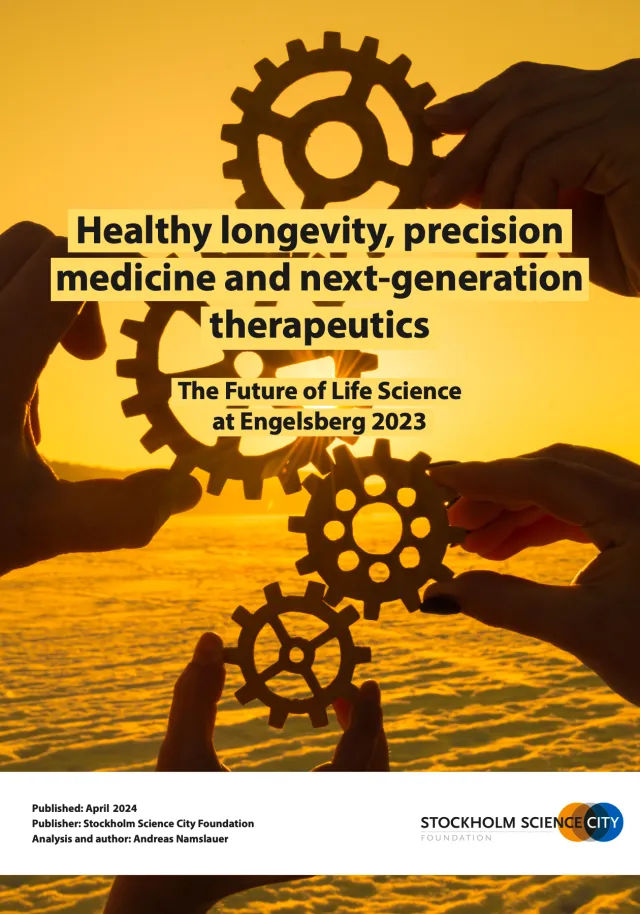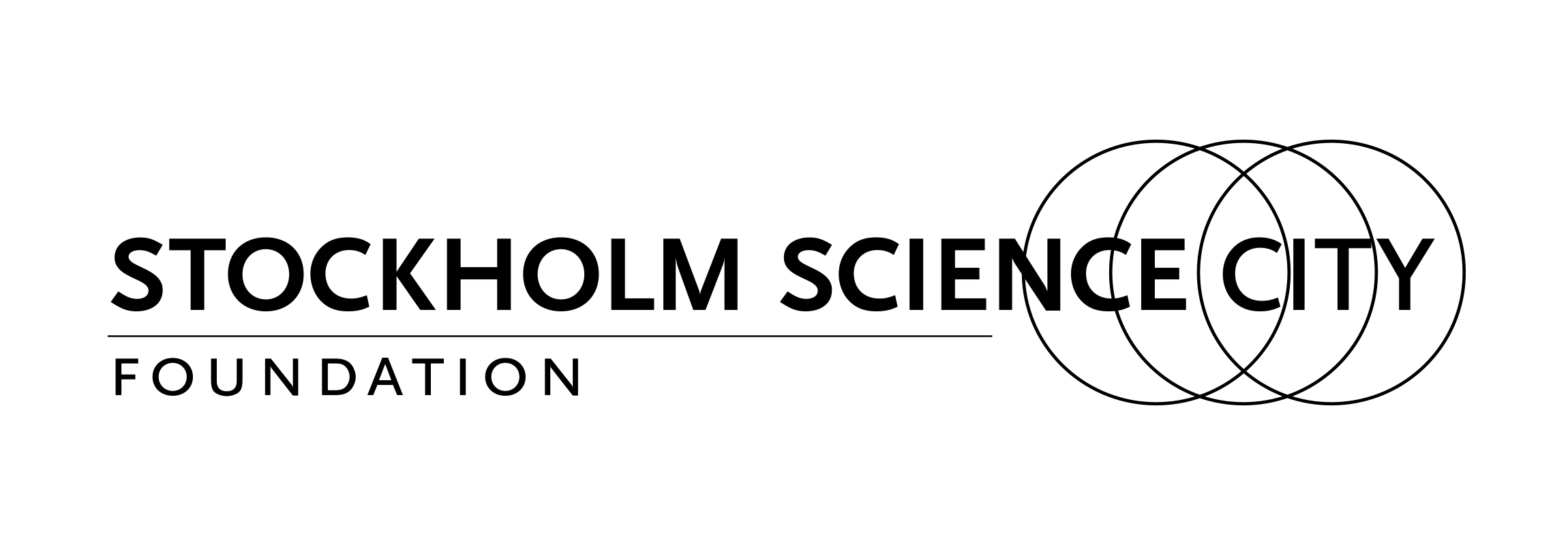Healthy longevity, precision medicine and next-generation therapeutics

Inledning
Life science handlar om att avslöja livets mysterier. Forskning inom life science syftar till att förstå och förklara olika processer och fenomen hos levande organismer, med det yttersta målet att öka mänsklig kunskap, möjliggöra ett friskare liv för människor och djur samt förbättra vår planets välmående. Ett viktigt långsiktigt mål är att stödja ett hälsosamt åldrande och en ökad livslängd hos människor.
Detta kan uppnås på flera olika nivåer: grundforskning syftar till att kartlägga och förstå biologins grunder, åldrandets mekanismer och sjukdomsrelaterade processer; medan tillämpad forskning och utveckling inom akademi och näringsliv ofta fokuserar på att hitta nya angreppssätt och utveckla produkter för att identifiera och behandla sjukdomar.
För att utforska hur olika pågående initiativ inom life science bidrar till ökad hälsa och längre livslängd, arrangerade Stockholm Science City Foundation symposiet The Future of Life Science: Healthy Longevity, Next-generation Therapeutics, and Precision Health på Engelsbergs bruk den 4–5 maj 2023.
Denna rapport syftar till att ge en översikt över några av de aktuella och viktiga framsteg inom life science som lyftes fram under symposiet. Rapportens syfte är inte att täcka alla ämnen som diskuterades, utan att fokusera på centrala teman som belyser nuläget, omedelbara utmaningar och framtida möjligheter. I slutet av dokumentet finns reflektioner kring de viktigaste drivkrafterna för investeringar i forskning och utveckling inom life science.



